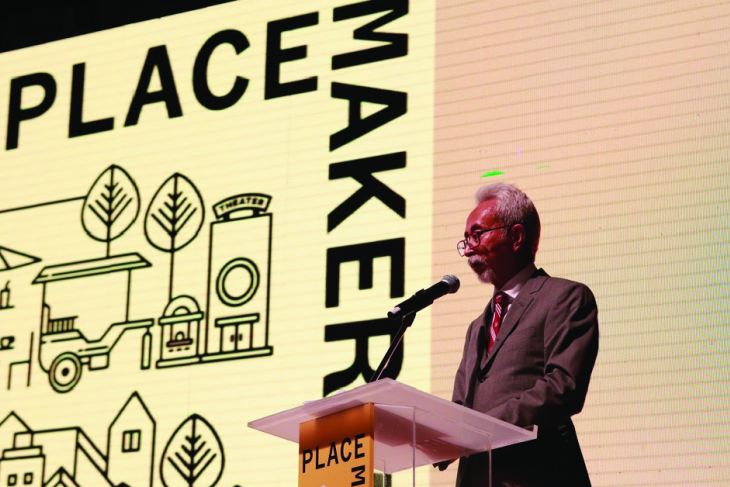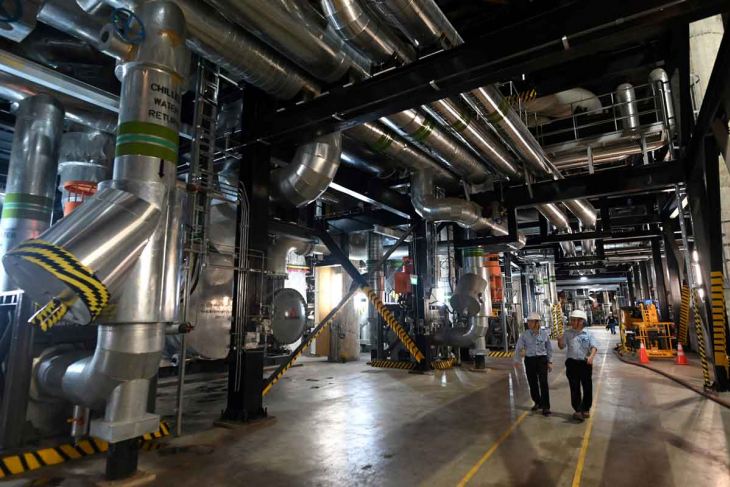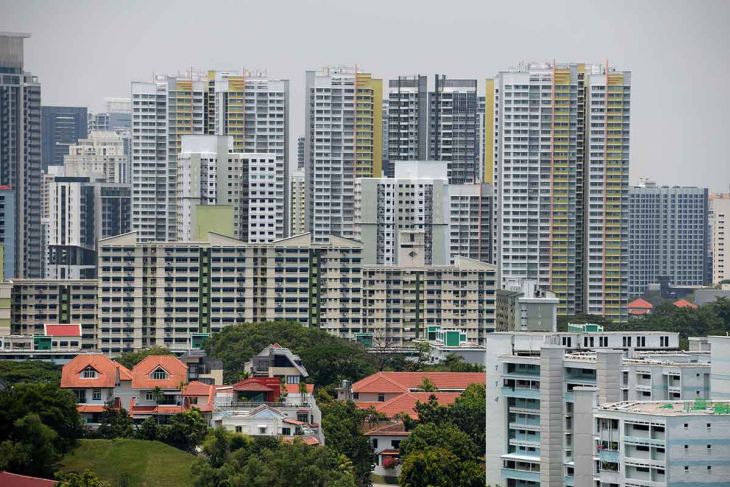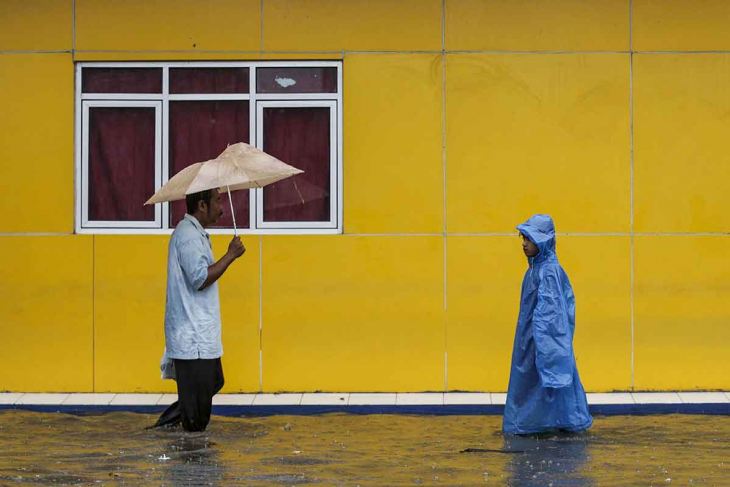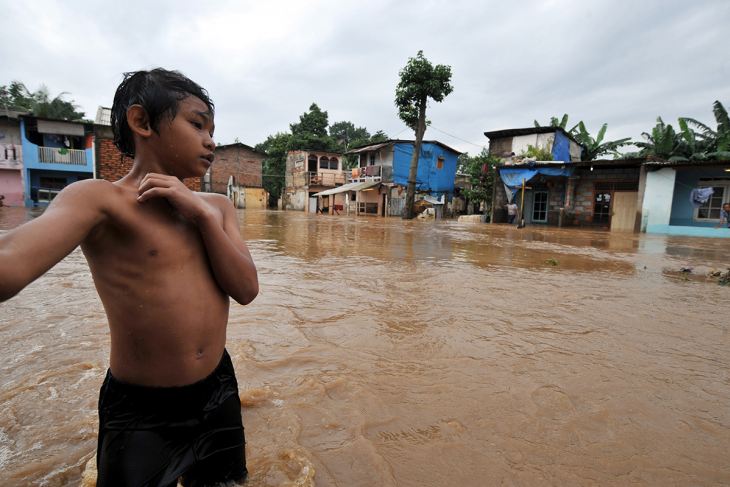Placemaking: Creating Better Cities For All
Be it the neighbourhood wet market that sells fresh food and produce, street festivals that deliver a dose of art or music, or parks which provide fresh air and a chance to reconnect with nature – public spaces are the cornerstones of thriving communities.But mass urban migration and rapid development are putting untold stresses on ASEAN’s cities, placing even greater emphasis on the way public spaces are designed and utilised.Almost half of the region’s total population now
